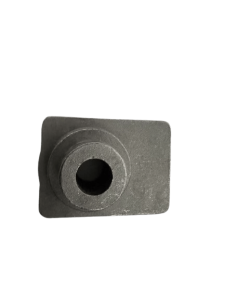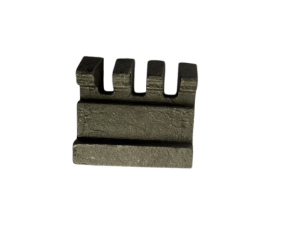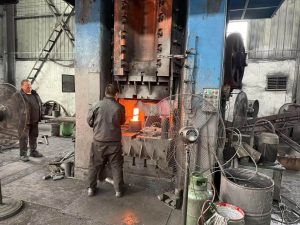Forged Components
Table of Contents
What are Forged Components

Forged components are metal parts made using the forging process. In the forging process, a powerful force is applied to the metal billet, causing it to deform under high temperature and pressure to achieve the required dimensions and mechanical properties of the part. Components made using forging can provide strength, precision, toughness, and extend the service life of the parts.

Types of Forged Components
There are many types of forged components, including but not limited to:
Forged automotive parts
Forged construction equipment parts
Forged energy equipment parts
Forged pipeline equipment parts
For example, forged valve components, as valve parts often work in harsh environments, must be forged to provide corrosion resistance and precision, while also undergoing heat treatment to increase hardness. The same applies to forged automotive parts, which are forged to enhance their performance and durability.
Materials for Forged Components
There are many materials available for forged components, including carbon steel, alloy steel, stainless steel, aluminum alloys, titanium alloys, and other metals, to meet the performance requirements of different industries. We can provide customers with forged carbon steel components, stainless steel components, and alloy steel components, and can also custom-make forged components according to customer specifications.

Why Choose Die Forging for Forged Components
Forged components typically weigh between 0.3-70 kg, making them ideal for die forging. Die forging is widely used in industries such as the automotive industry, construction equipment, and military equipment, with die-forged components accounting for approximately 30% of the parts in these sectors. Using die forging to produce metal components can give the forged parts excellent mechanical properties, including:
A 20%-30% increase in tensile strength
A 3-5 times extension in fatigue life
A significant improvement in impact toughness
Additionally, die forging has a high material utilization rate. Compared to open-die forging, die forging can achieve a material utilization rate of 60%-80%, and some precision die-forged parts can even reach over 90%. Die forging is especially suitable for mass production, with a single production cycle taking only 30-60 seconds, and the automated production line can produce thousands of pieces per day.
These advantages make die forging the ideal process for producing high-performance, precise metal parts.

